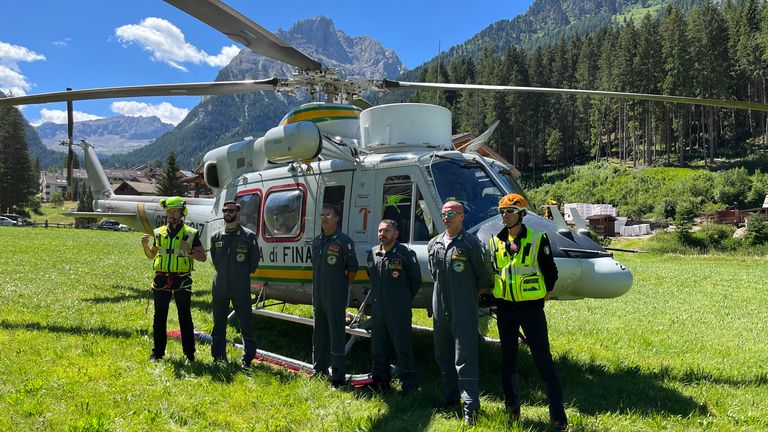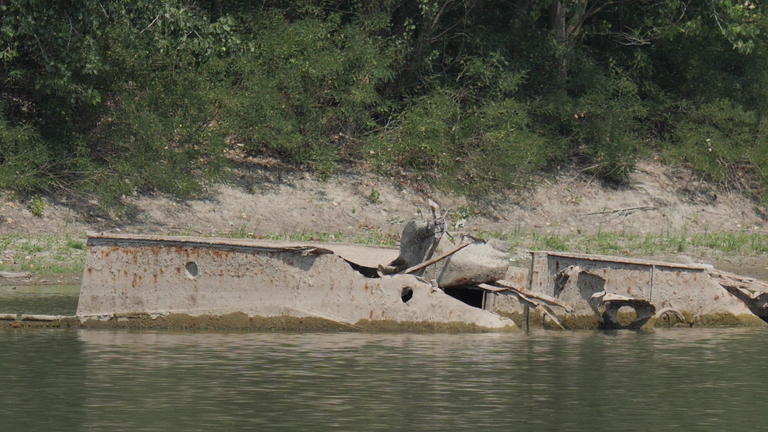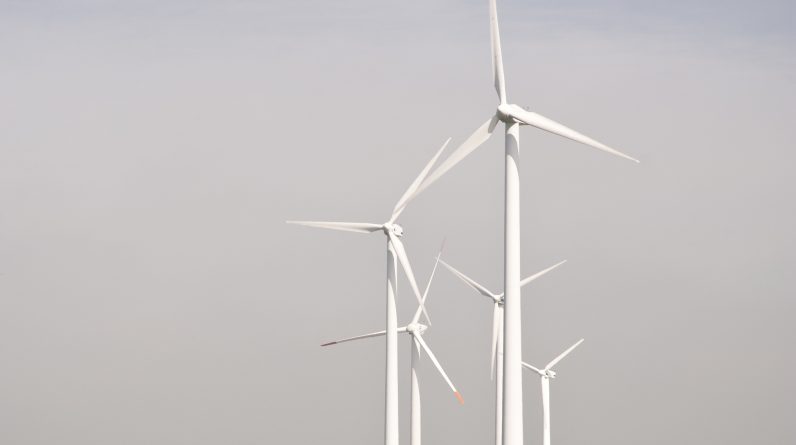
In northern Italy, a helicopter team is on a grim mission.
They’re heading to the site of a fatal glacier collapse.
Their job is to locate the dead.
“If we see anything like parts of equipment or clothes, I’ll retrieve it,” says Riccardo Manfredi, one of the Guardia di Finanza search and rescue team.
On Sunday, a huge chunk of the glacier on Marmolada mountain broke off, triggering a landslide as it hurtled down the slope.
Experts say 260,000 cubic metres of snow, rock and ice fell at speeds of more 300km an hour. There was little warning; no chance to escape.
Italian police said 11 people died.
‘It’s not normal’
As the helicopter flies closer to the mountain, you can clearly see the hollowed-out area where the collapse happened.
It’s believed a warm winter with less snow and a summer heatwave melted the ice, making it unstable.
Mario Draghi, the Italian prime minister, has said the incident is “without doubt” linked to climate change.
The rescue teams have also noticed the changing environment.
“It’s not normal this high temperature – and we see the glacier has melted. Probably, in the next decade the glacier will have disappeared,” says Mr Manfredi.
Soaring temperatures have sparked a state of emergency in five areas of northern Italy due to drought.
Water levels have dropped eight meters in some stretches of Italy’s longest river, the Po.
In the town of Gualtieri in Emilia-Romagna, boats sunk during World War Two are again clearly visible due to the plummeting river level.
“I’ve never experienced a situation like this in my all life. It’s so dramatic. We know well what the lack of water means in this area [for the economy]. I’ve never seen a situation like this,” local mayor Renzo Bergamini tells us.
But experts say the sizzling summer is part of a wider trend.
“This kind of summer is actually what we expect for climate change. It’s a signal of climate change,” says Susanna Corti, director of research at the Italian National Research Council.
“In the future, in the different [scientific] scenarios and, in particular, in the more extreme scenarios where there is no mitigation in terms of emission of CO2, we would expect exactly what we are seeing.”
Even the world-famous cheese Parmigiano Reggiano is being affected – the extreme heat is hitting milk supplies.
Parma-based farmer Luca Cotti says the drought has damaged the tightly regulated crops needed to feed his cows.
The high temperatures also stress the herd, reducing the amount of milk they produce.
Read more:
Britain could hit 40C by mid-July
“In the stables, the high temperatures cause the animals’ appetites to decline, [causing a] decrease in production and in the long-run a decrease in fertility,” he explains.
“We must survive. We are already designing air-conditioned stables to adapt our business. Another solution, our ‘Coldiretti’ organisation has been calling for, is for authorities to create water containment basins.”
People here have no choice; they must adapt: saving water, changing crops, and braving the heat as Italy bakes.








